
Above: Lipavi C15 container, N15 polycarbonate rack. Lipavi C15L lid.
Actual prep time, 1 hour
Level of difficulty: 2.25
Serves 4+
Procedure:
Preheat the sous vide bath to 128 F/53 C.
Vacuum seal the roast in heat rated plastic, load into a rack and submerge fully into the bath. Process at 128 F/53 C for 72 hours. Once the interval has elapsed, cold shock the sealed package in iced water until it achieves 70 F/21 C. Refrigerate at 40 F/4 C. Pasteurization will be maintained as long as the seal is not broken. The roast can remain safely refrigerated in this state for at least two weeks.
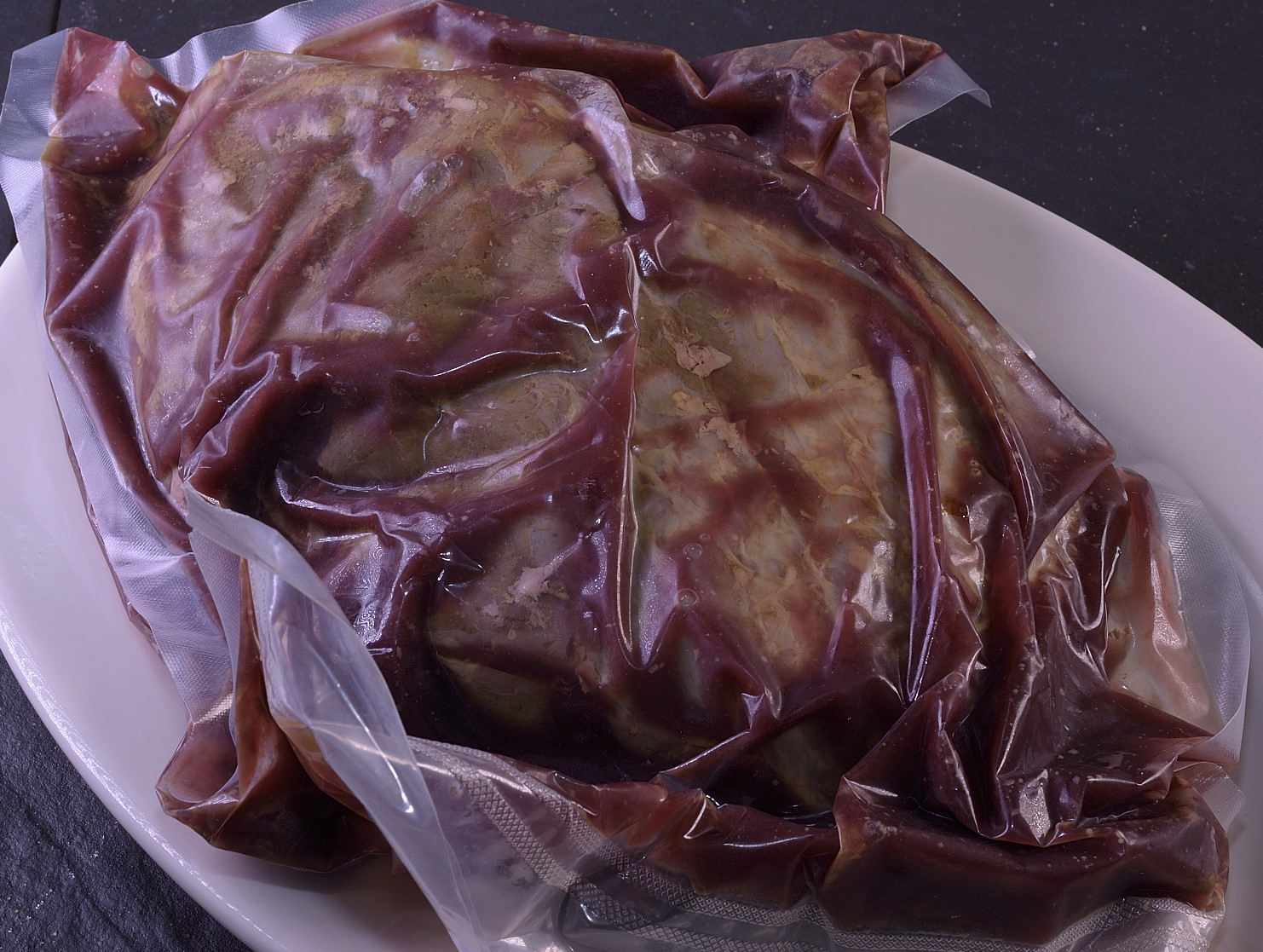
Remove the package from the refrigerator. Submerge the sealed package in hot tap water 110 F/43 C or a sous vide bath above 130 F/54 C until the gel/juices melt.
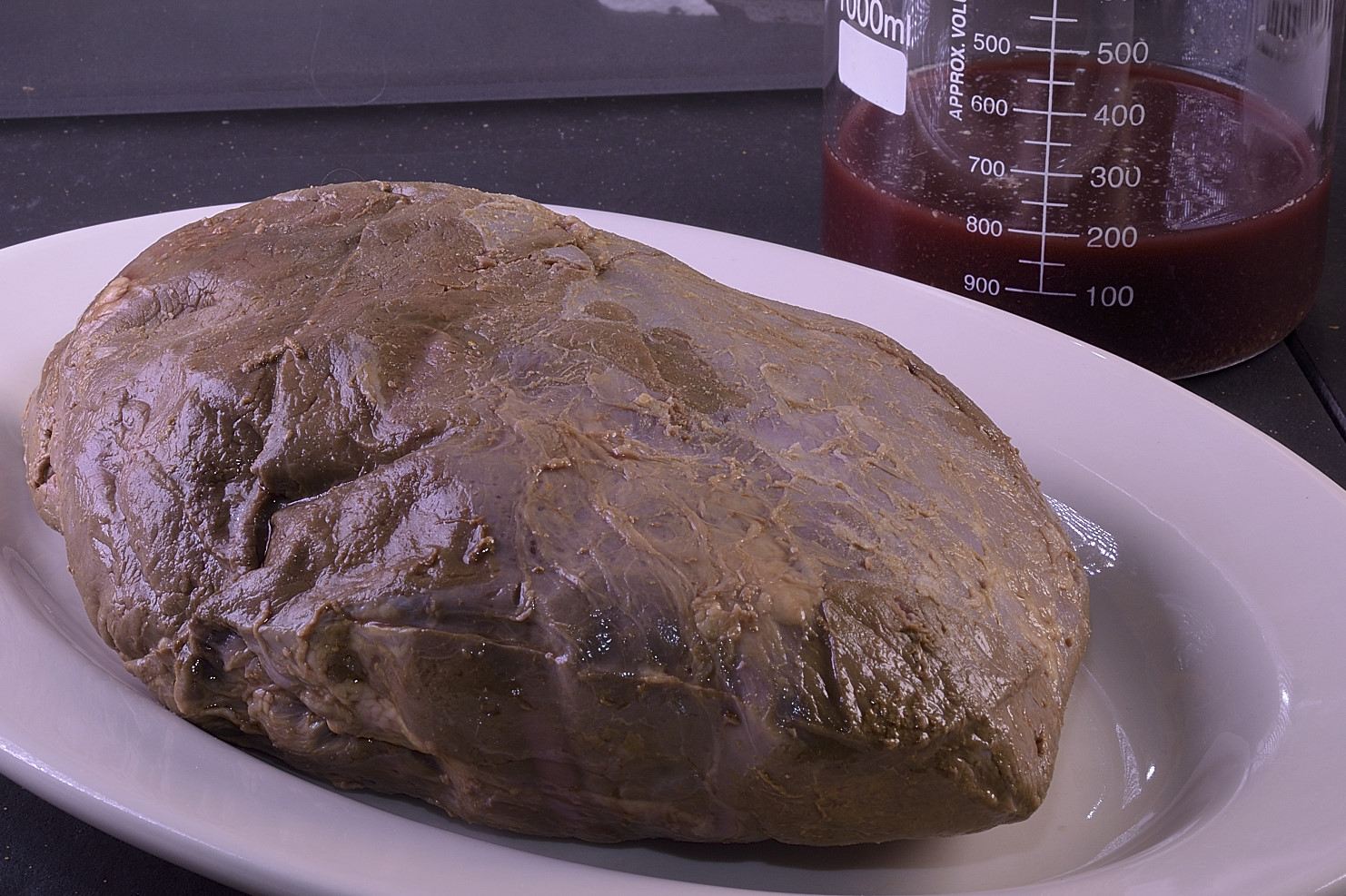
Remove the roast from the bag and harvest the juices into a microwaveable container (or small sauce pan). Set the juices aside. Pat the roast dry with paper towels.
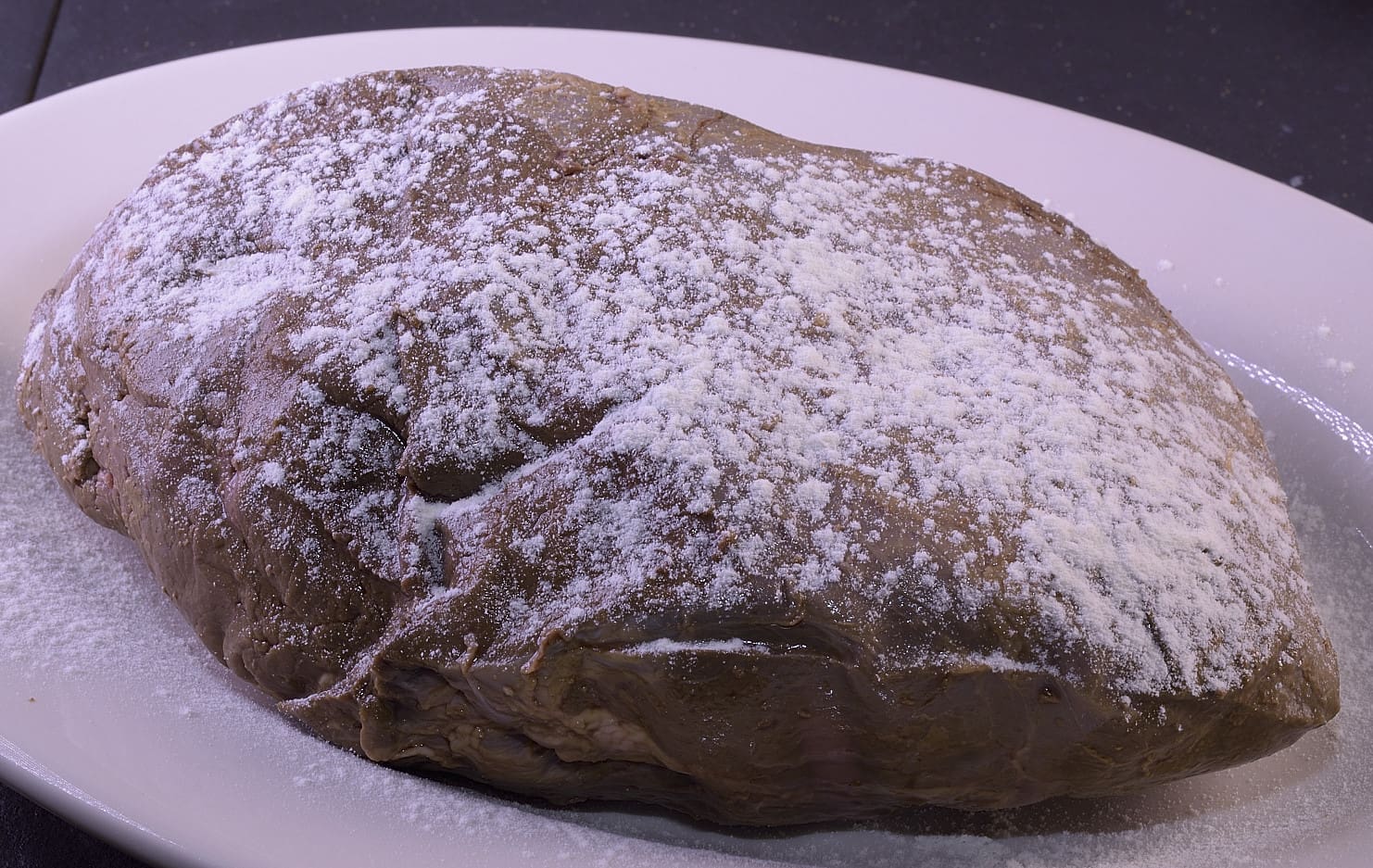
Use a dredge/shaker (or sifter) to dust with powdered egg white (or brush with well beaten liquid egg whites). This will create a sticky surface for seasonings to cling to. Mist the surface with a spray bottle to dissolve the egg whites.
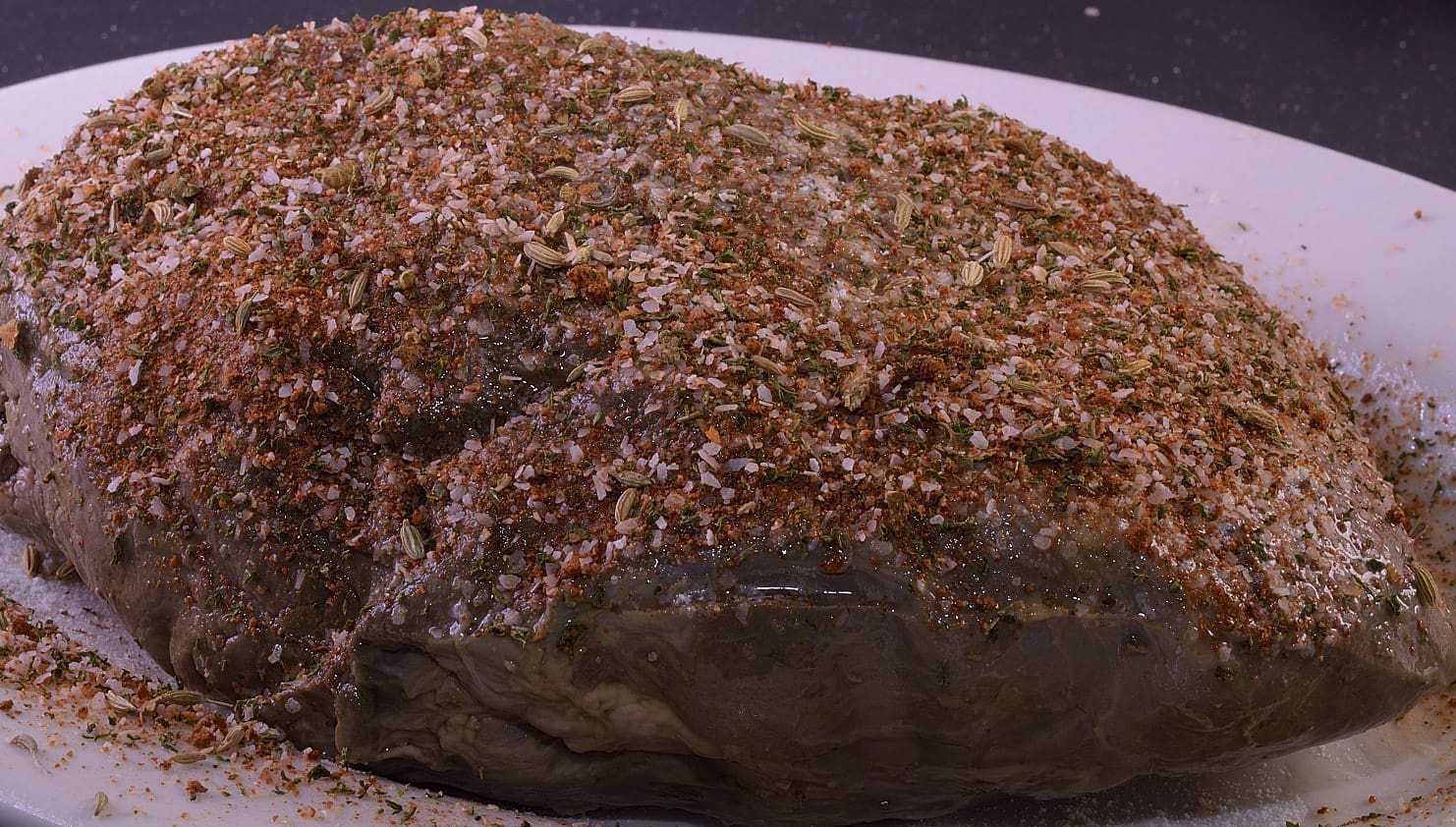
Sprinkle with your favorite rub/seasoning or use one of ours linked HERE. This particular one combines kosher salt not to exceed 2 teaspoons/lb, fennel seed, coriander seed, sweet and hot paprika, oregano and dried parsley.
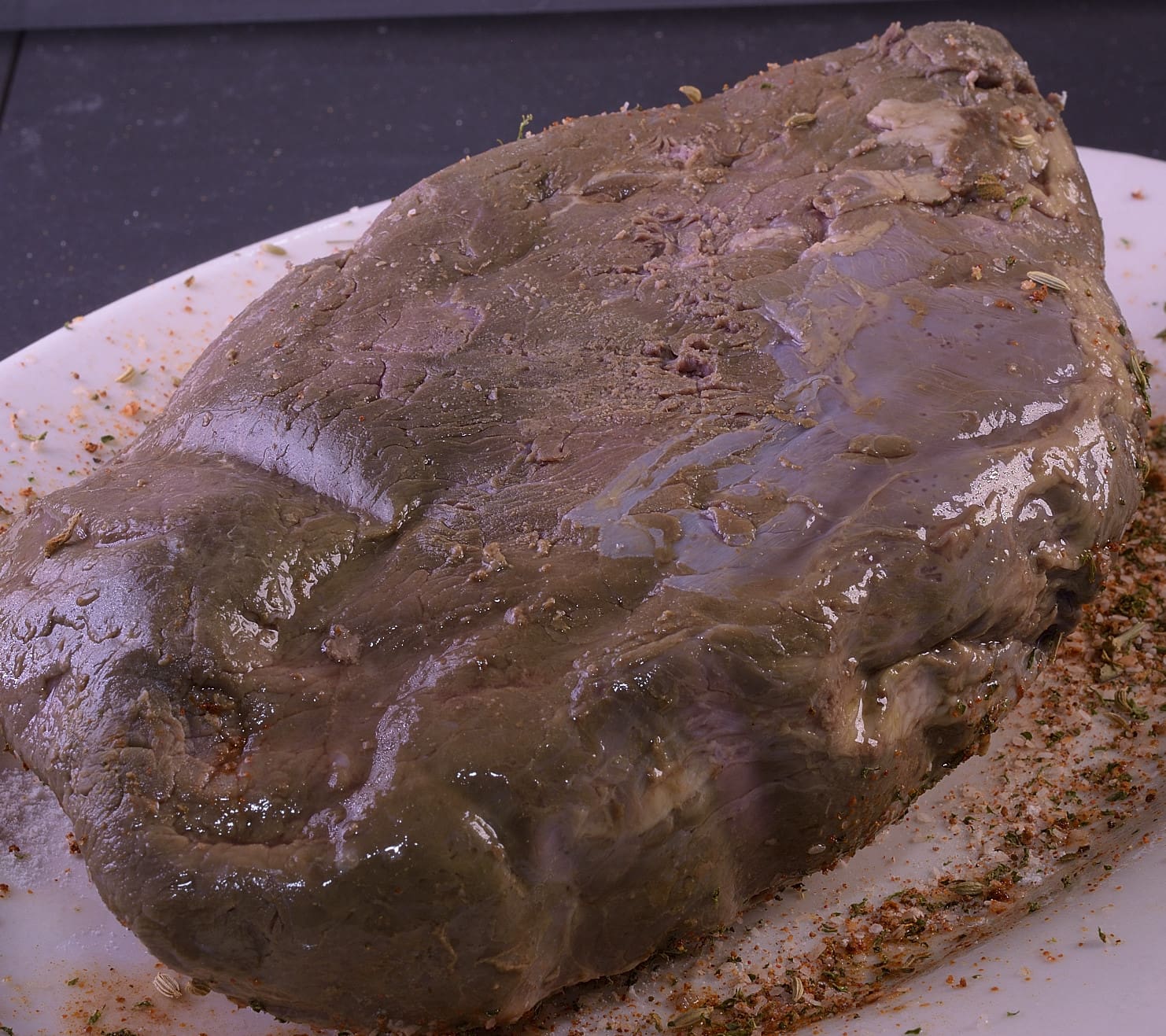
Turn the roast over and…
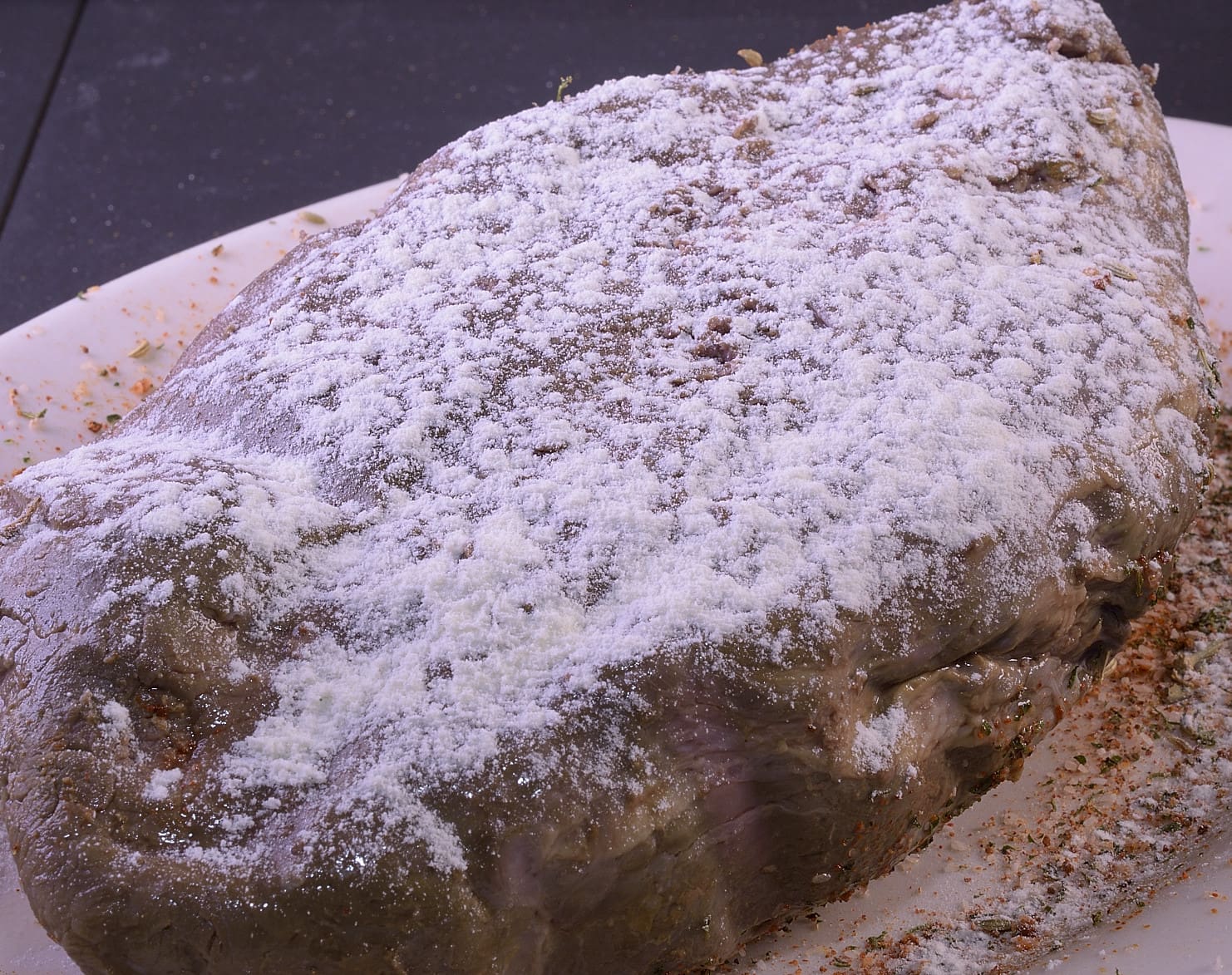
repeat the egg white/mist process.
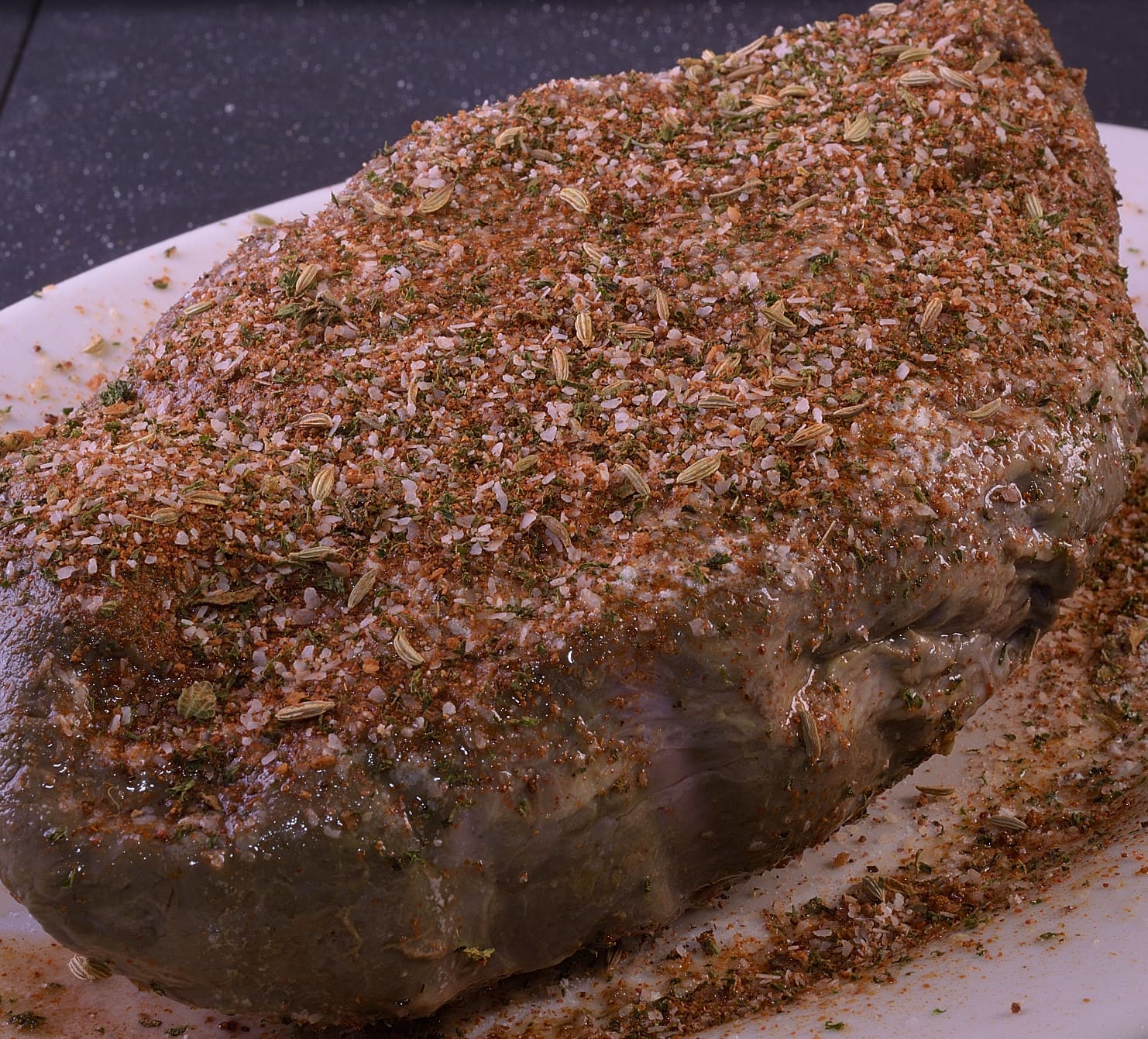
Apply seasonings.
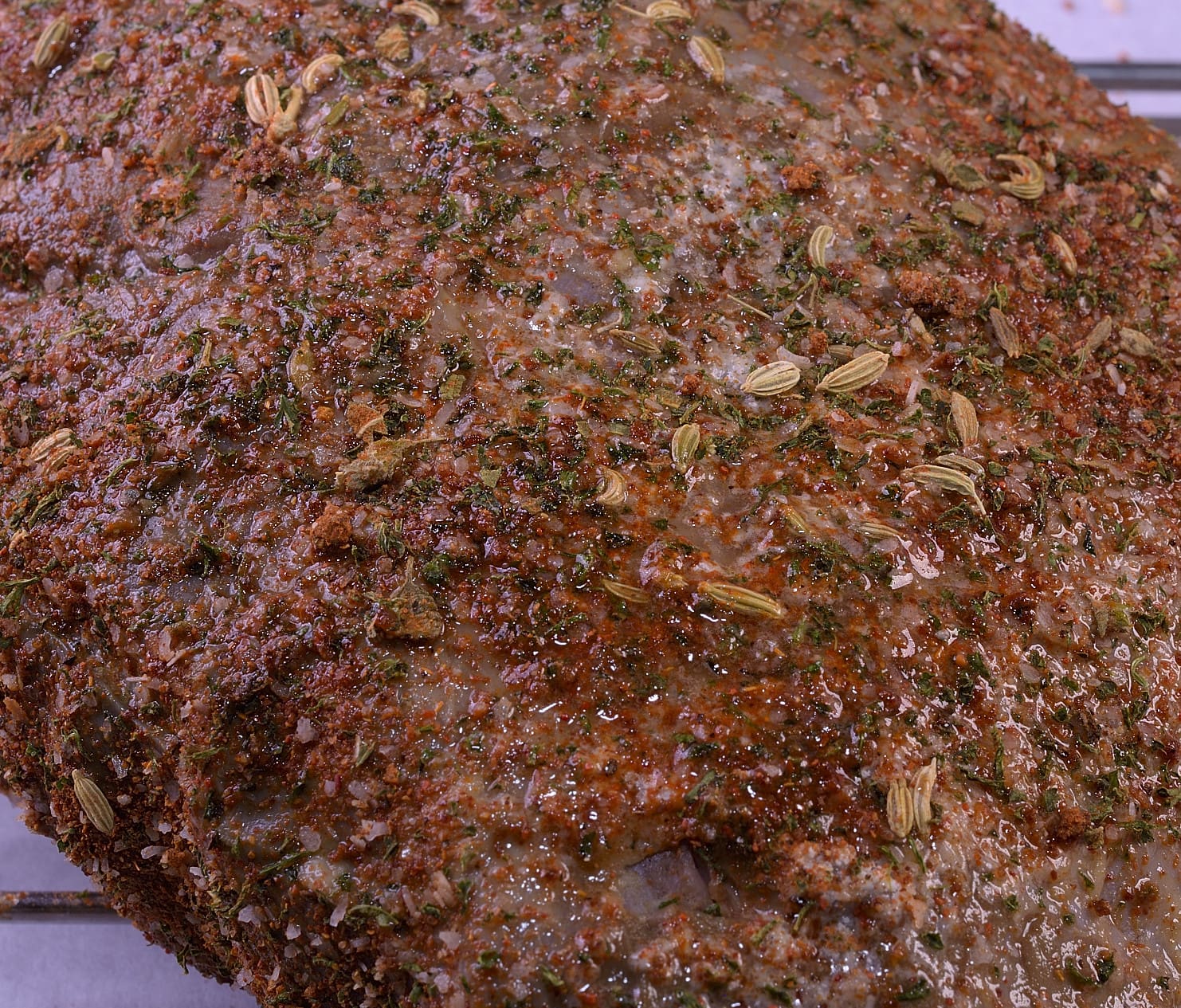
Spray or drizzle lightly with oil and set aside.
Clarifying the Sous-Jus:
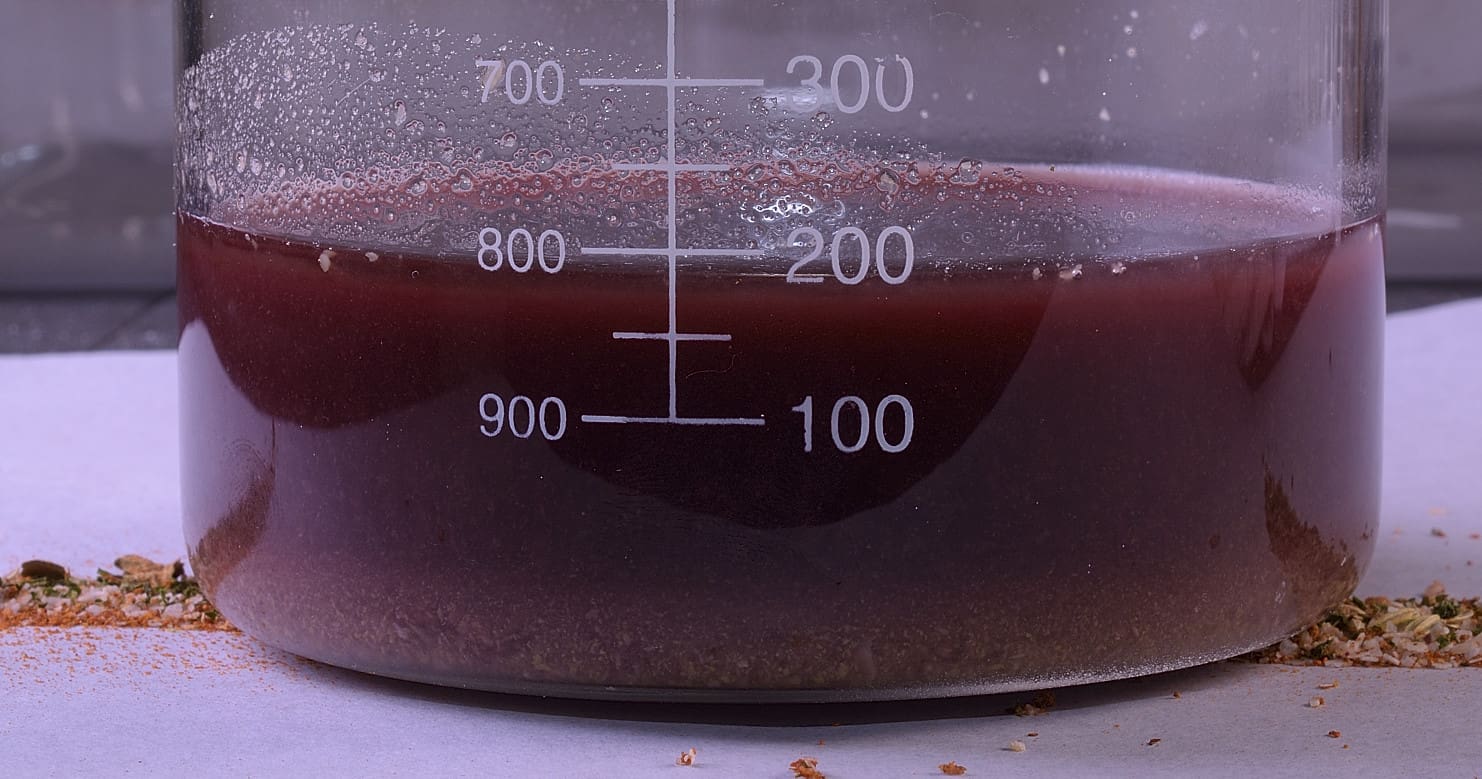
Bring the juices to a boil–it takes approximately 1 minute in a microwave oven. Take care not to allow the liquid to boil over. A small sauce pan can also be used to bring the juices to a boil. I don’t hate washing dirty pots and pans, but I avoid using them whenever possible.
Note: I have adopted the practice of dissolving about a teaspoon of the powdered egg white in 1 ounce of water and adding it to the unprocessed Sous Jus. This helps the albumins already present in the juice to collect the impurities as the juices are heated, assuring a perfectly clarified result every time.
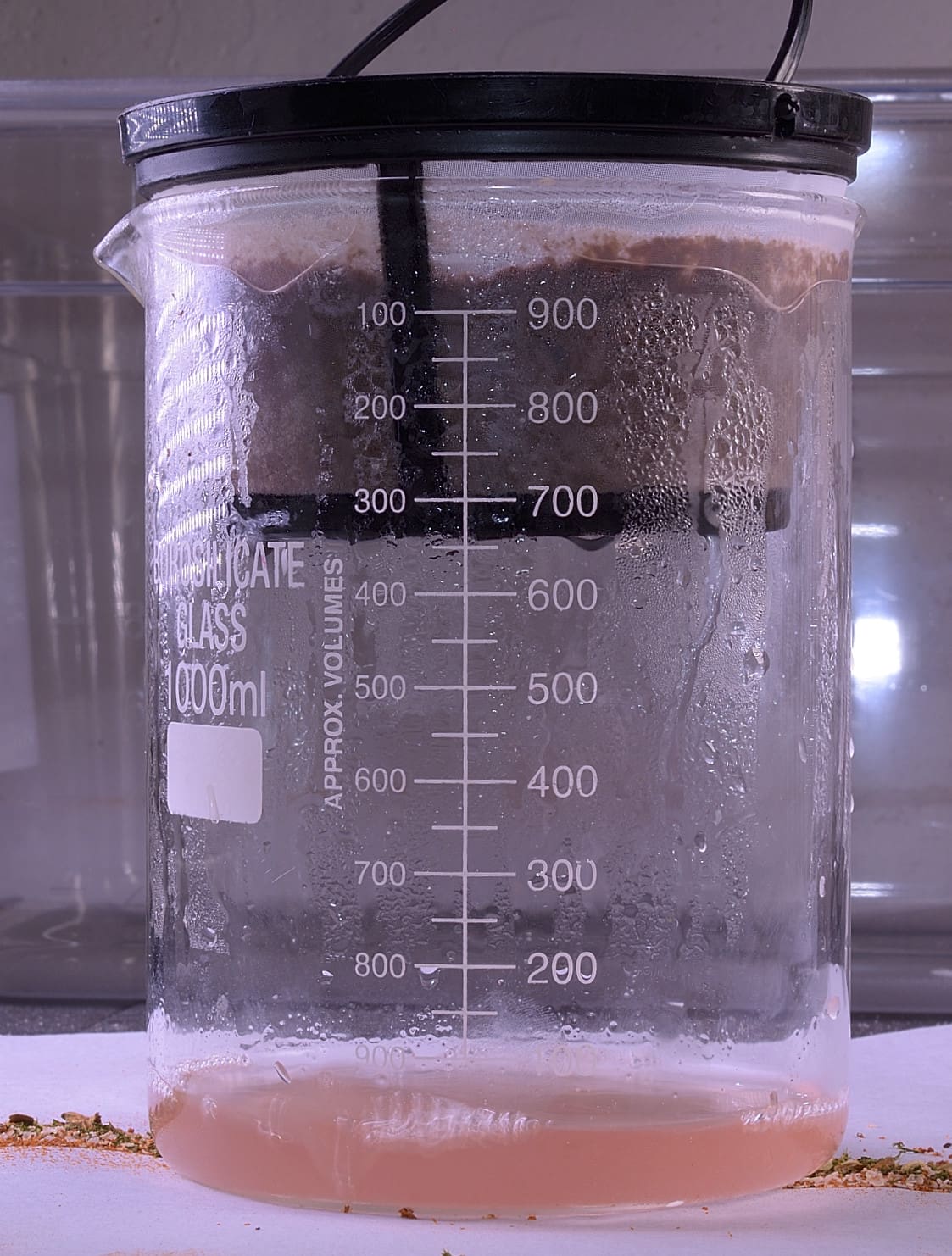
For this demonstration, we utilized a reusable coffee filter to remove the coagulated albumins and myoglobin in the juices. For more information on clarifying sous vide juices, visit HERE.
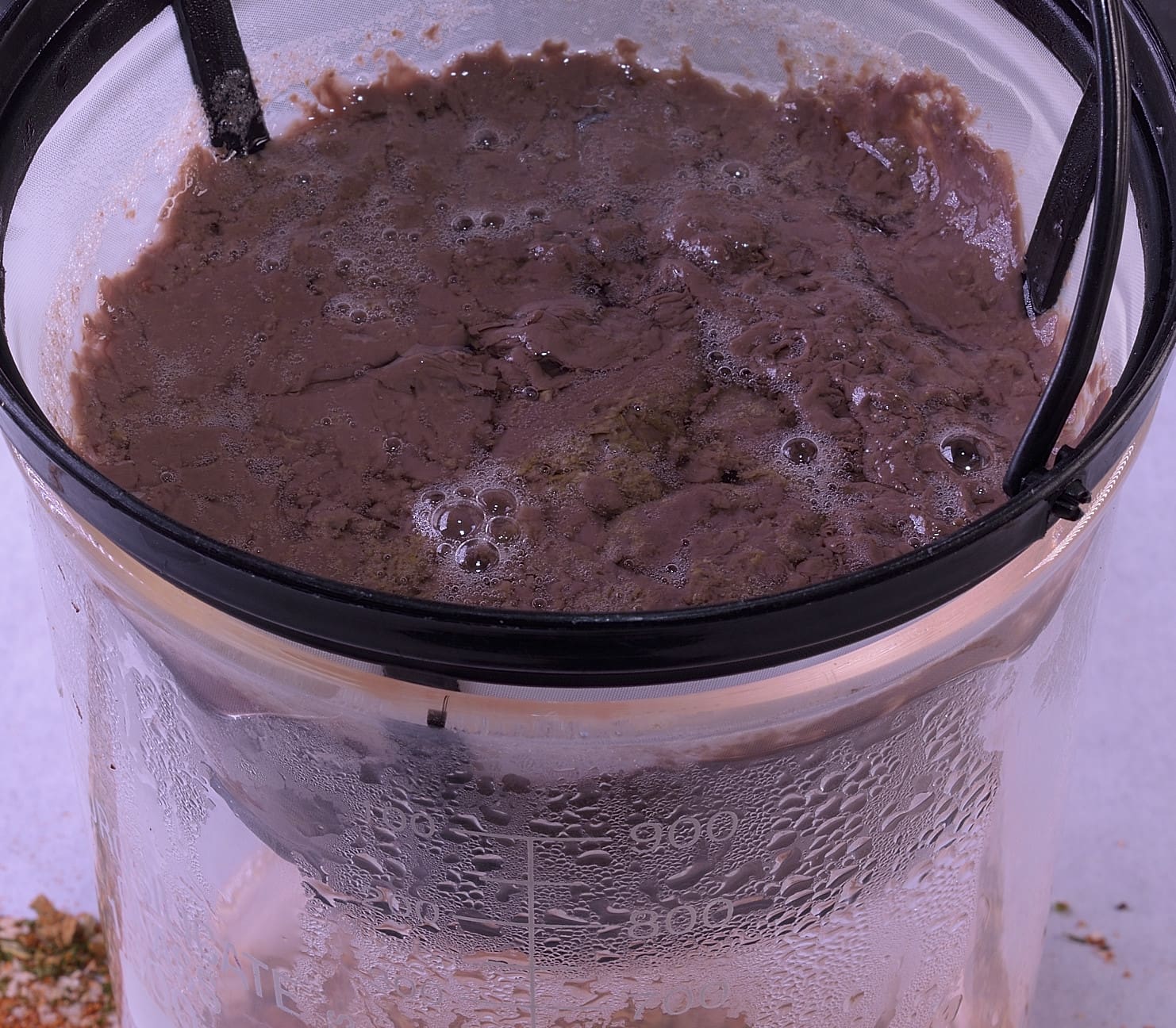
This operation will reduce the volume of the juices by at least one half.
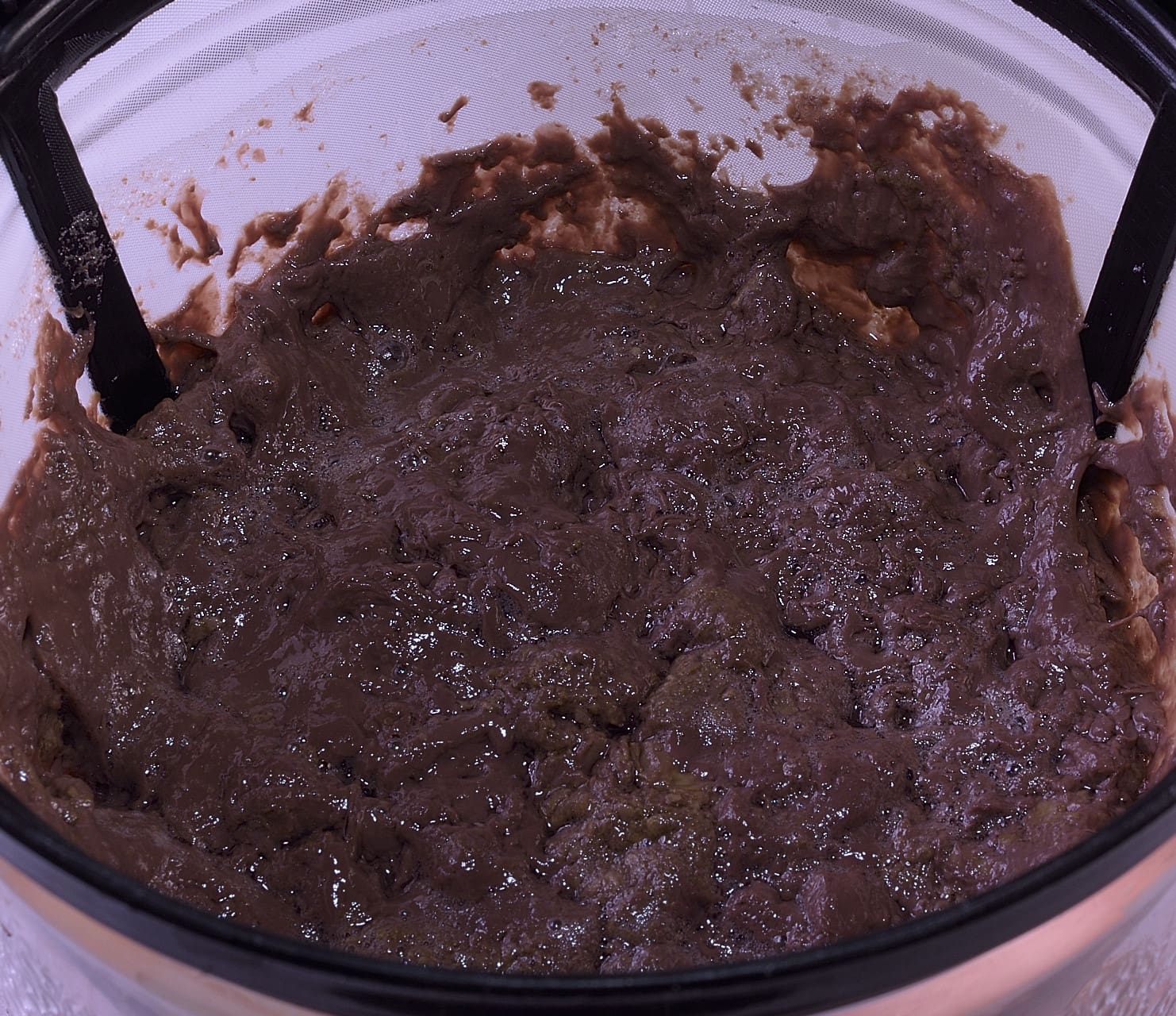
Gentle stirring will help the clarified juices to drain, but do not apply enough friction to force the impurities through the screen.
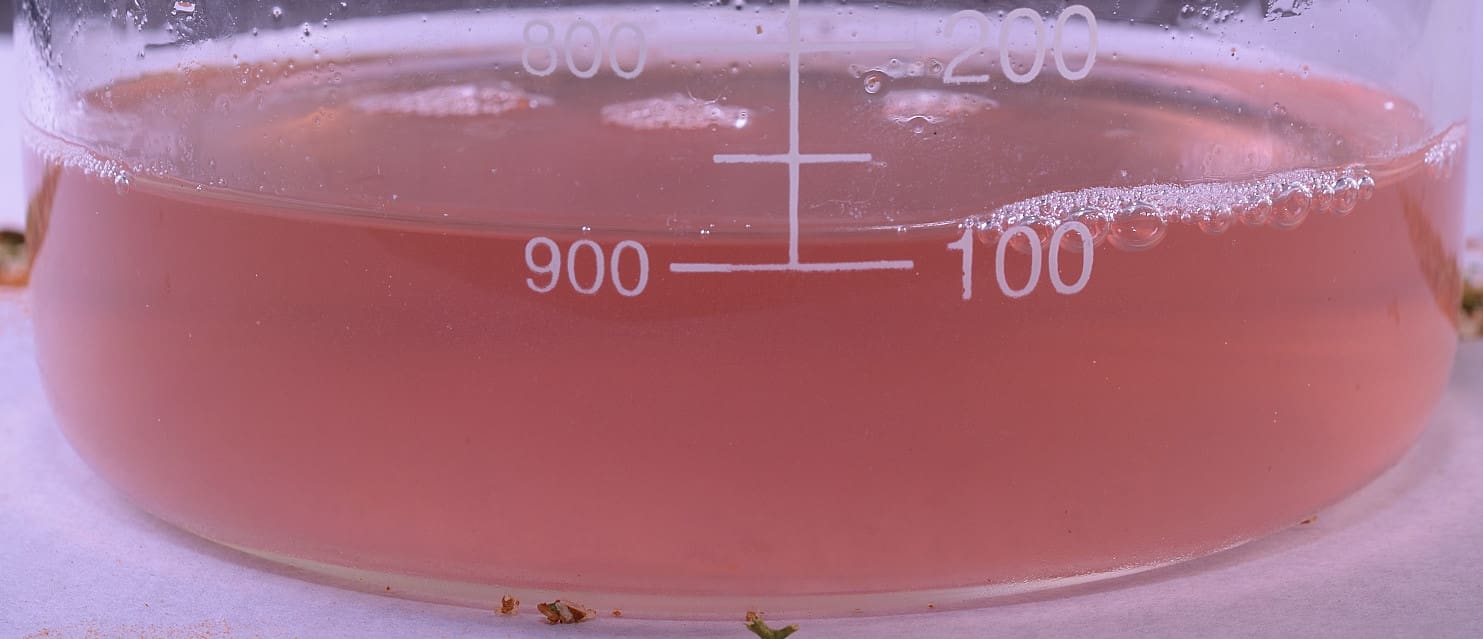
Now we have a rich, clarified consommé that can be used to make a sauce for the roast, or to enrich soups and other savory recipes–Sous Jus can be used in any of our recipes that call for water. A pinch of salt is all that is really required, although I might add a few drops of glace de viande to darken the broth.
Caution: I advise against adding salt (or anything else) to the sous vide pouch in advance of processing. If salt IS introduced into the pouch, the consommé will be quite salty. Salt does penetrate the surface of land/air dwelling proteins, but very very slowly. In sous vide, even with 48 hours of marination, there will be a lot more salt in the juices than there will be in the meat. Some people assert that sous vide temperatures accelerate the rate of penetration, but I have been unable to confirm this in real time.
At 40 F/4 C, the natural “curing” process caused by the presence of salt(s) causes chemical reactions in the meat. Using salt to marinate proteins for MORE than 48 hours can cause the flavor and texture of proteins to exhibit characteristics more akin to corned beef or ham.
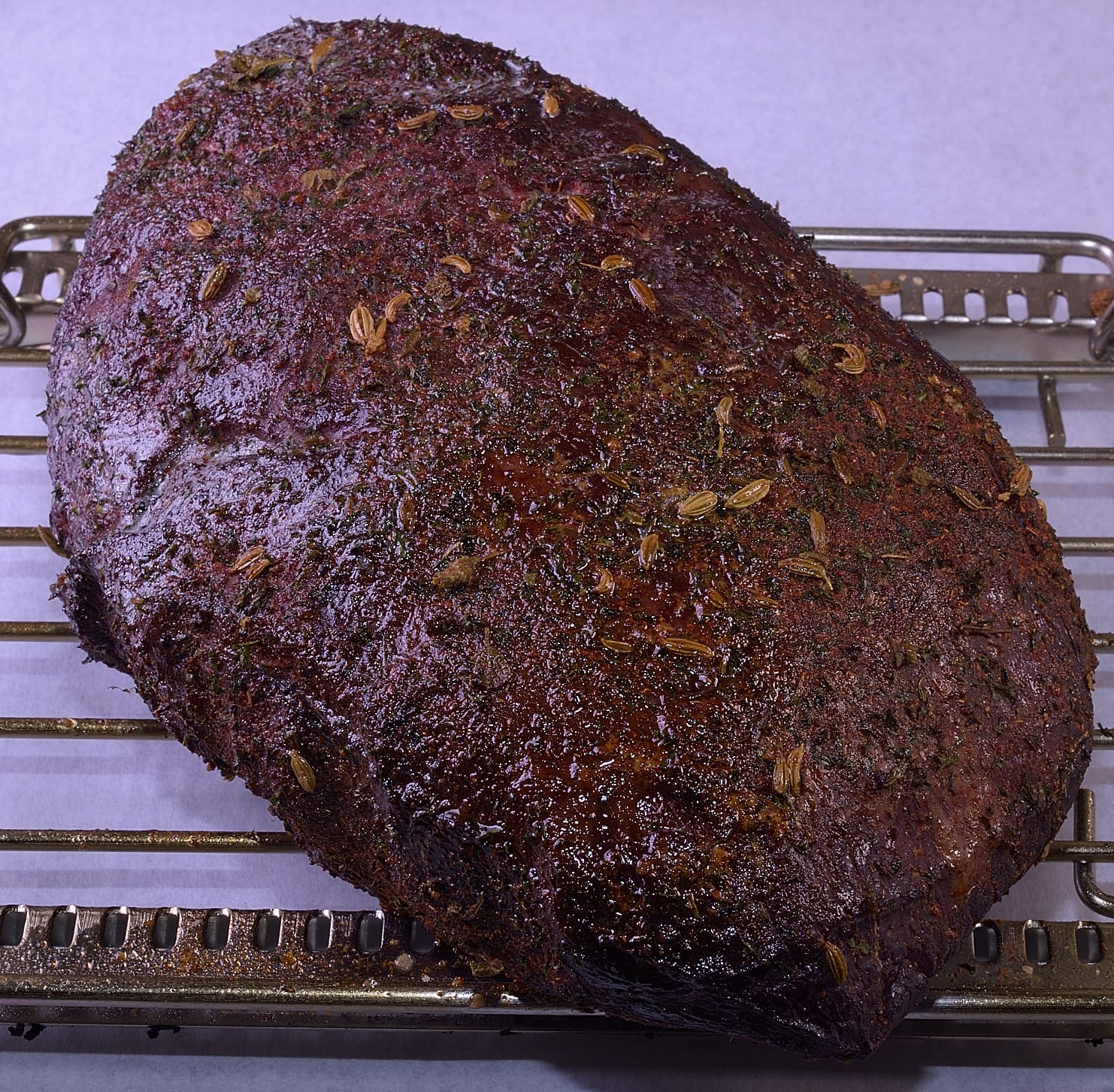
Stage the brisket onto a wire rack and then into a pellet grill set to 180 F/82 C. Smoke until the internal temperature reaches at least 130 F/54 C–usually 2+ hours, although this roast spent 4 hours in the barrel. The lower the temperature, the more smoke flavor will be applied.
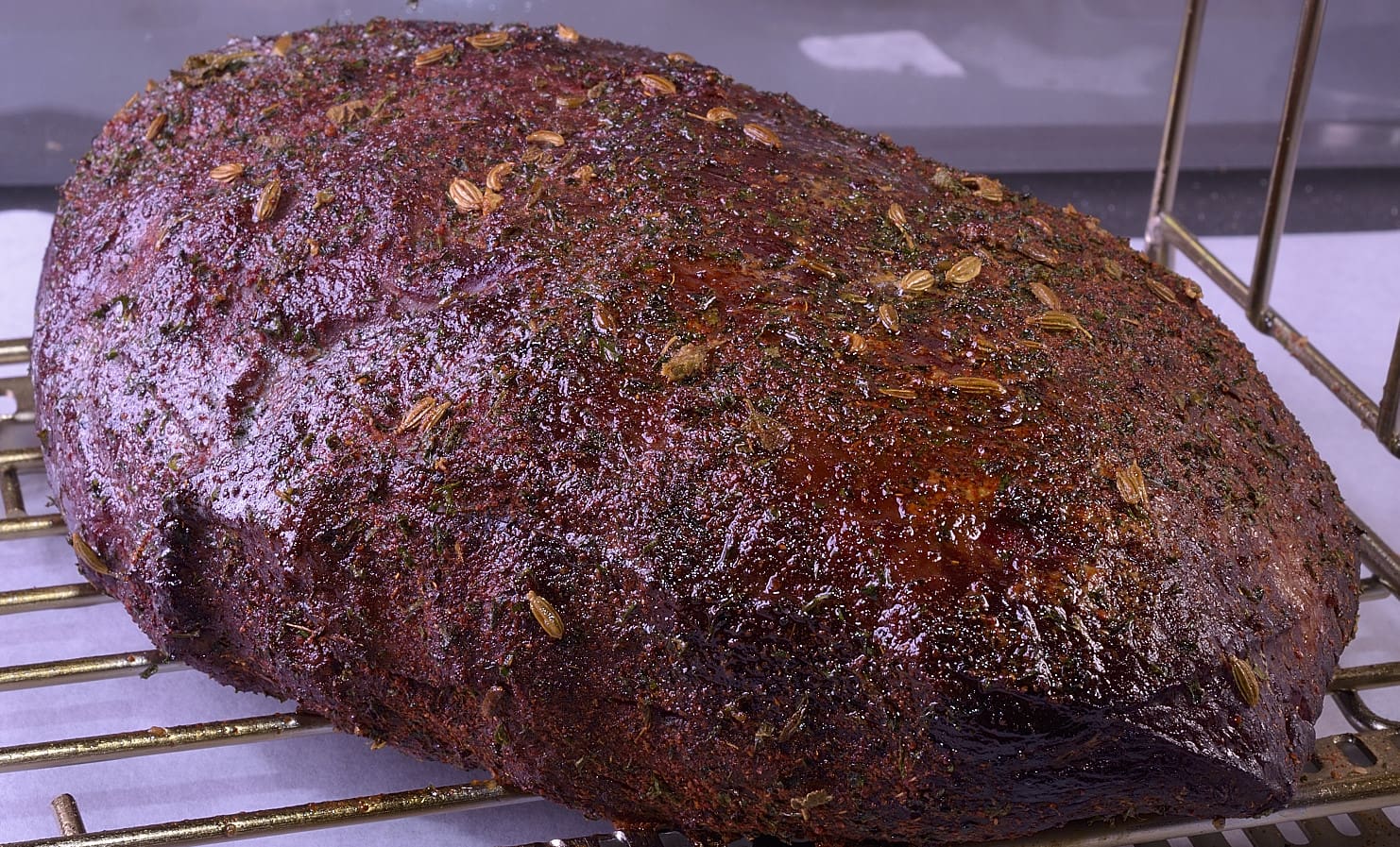
The longer the brisket stays in the smoker, the “smokier” it will get. The longer the roast stays in the smoker, the more moisture will be lost. Some sacrifices must be made.
The rest is up to you!

Slice it thick! It’s tender!
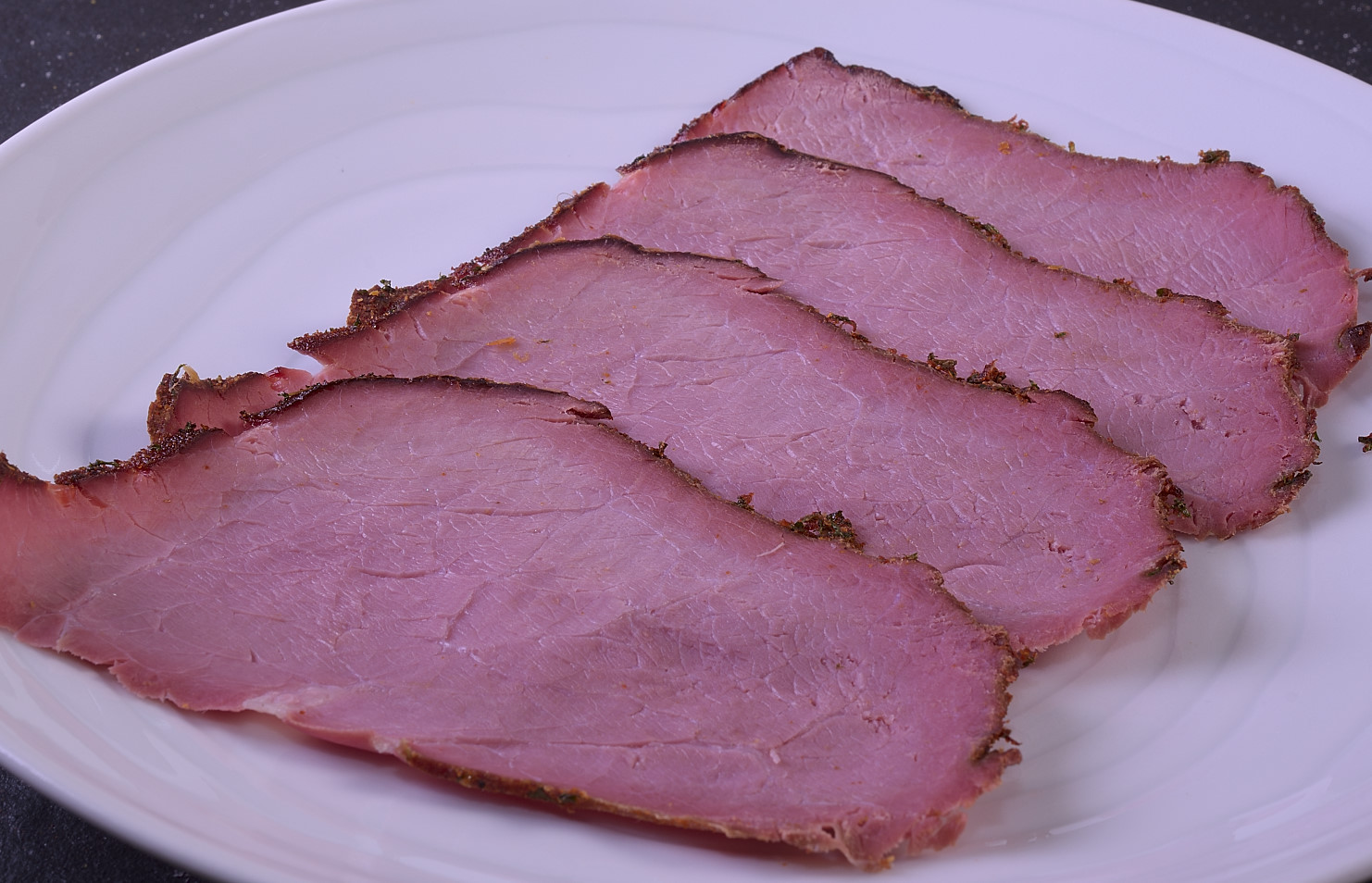
Slice it thin! It’s not falling apart!
Things you can do
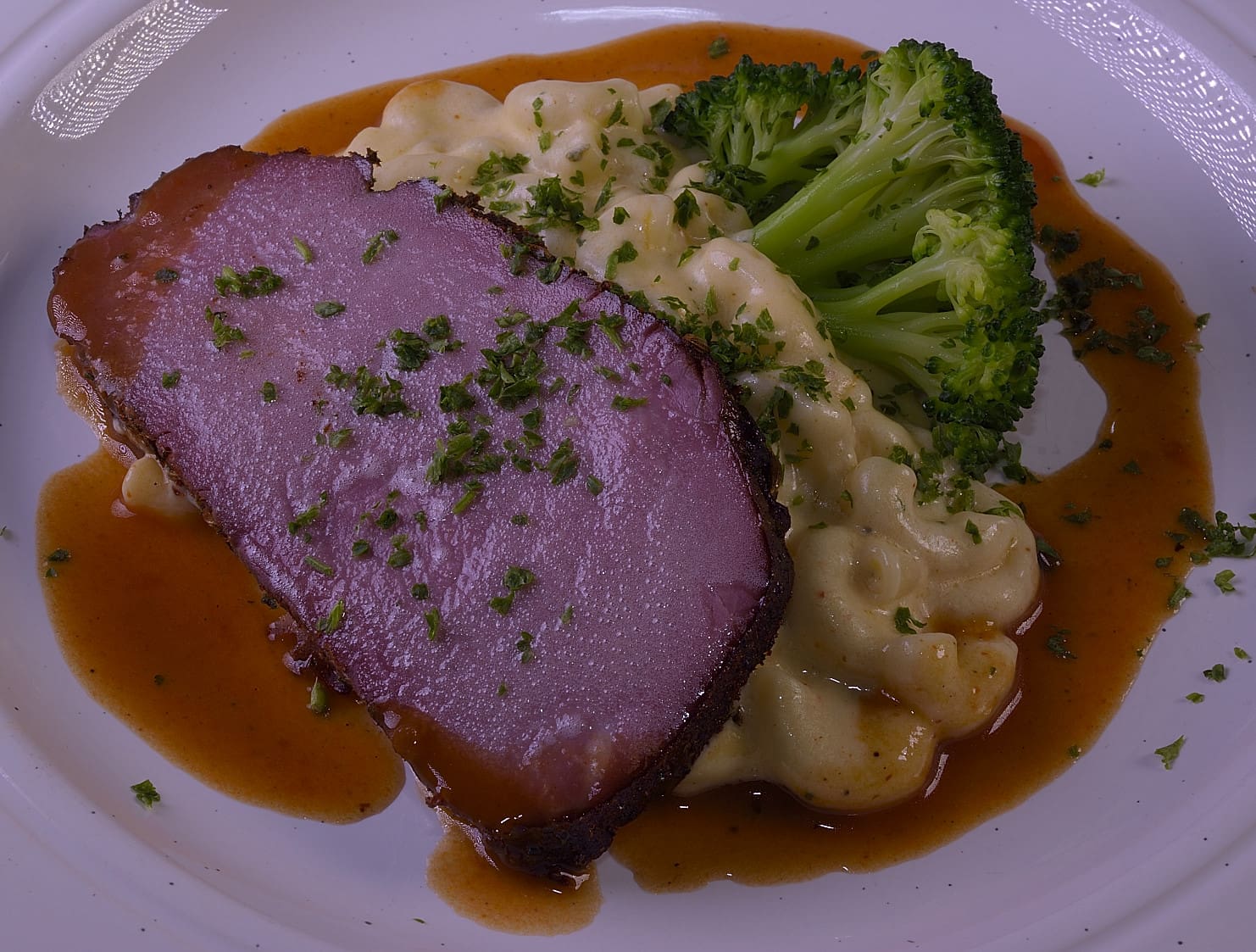
Paint the sliced roast with a little melted butter.
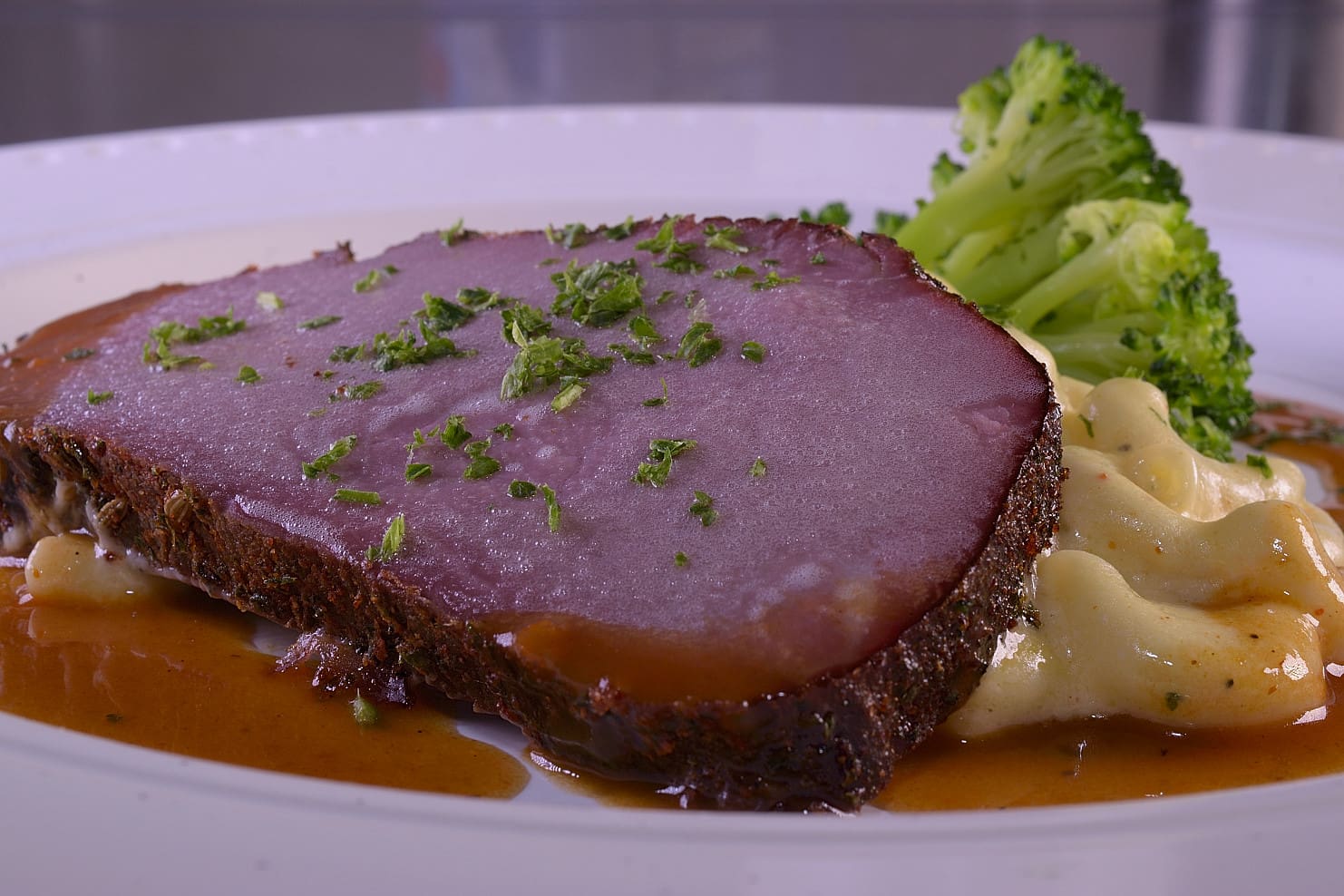
Mix the sous jus with your favorite bbq sauce or even packaged gravy to moisten…
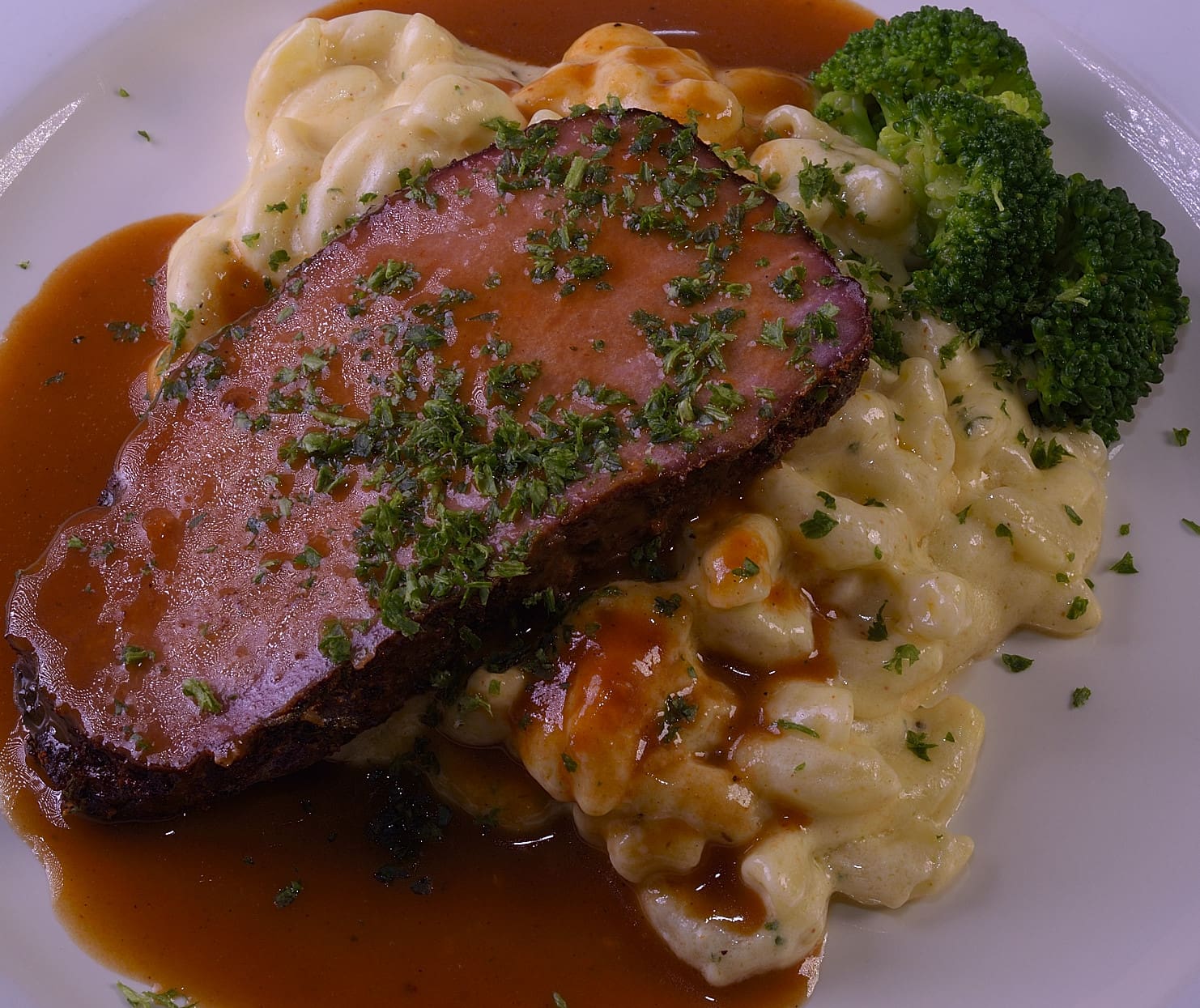
Something so simple as a little steamed broccoli and macaroni and cheese elevates the dish to restaurant level…

at less than half the price.
Norm King
Be sure to visit us on Facebook at https://www.facebook.com/groups/272128179509149
